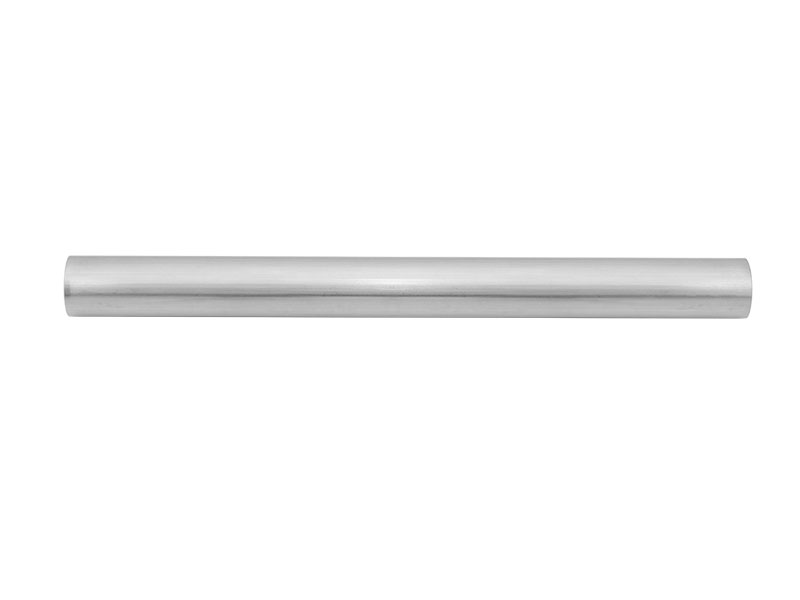Abstract:Material utilization refers to the efficient use of raw materials during the manufacturing process to minimize waste and optimize cost-effectiveness.
Material utilization refers to the efficient use of raw materials during the manufacturing process to minimize waste and optimize cost-effectiveness. In the context of welded stainless steel pipes, material utilization plays a significant role in determining the economic feasibility and environmental impact of the production process. Here's how material utilization is typically addressed in the manufacturing of
welded stainless steel pipe:
Plate or Coil Selection: The choice of stainless steel plates or coils for forming the pipes is crucial for material utilization. Manufacturers aim to select materials that align with the required pipe specifications while minimizing waste. This involves selecting appropriate widths, thicknesses, and grades of stainless steel to achieve the desired pipe dimensions.
Cutting and Shaping: During the forming process, careful consideration is given to cutting and shaping the stainless steel material to minimize scrap and optimize material utilization. Computer-controlled cutting methods, such as laser cutting or plasma cutting, can be employed to achieve precise cuts and reduce material wastage.
Optimized Forming Techniques: The forming process itself, whether longitudinal or spiral, is designed to maximize material utilization. Techniques that minimize overlap and excess material while ensuring proper seam integrity are employed to reduce waste.

Welding Efficiency: Welding techniques are chosen and optimized to ensure strong and reliable joints while minimizing the amount of filler material required. Modern welding technologies and skilled welders contribute to efficient welds that utilize the minimum necessary material.
Minimizing Rejects: Strict quality control measures, including real-time monitoring and inspection during the welding process, help identify and address defects early. This reduces the likelihood of producing substandard pipes that would result in material wastage.
Recycling and Sustainability: Stainless steel is a recyclable material. Any scrap generated during the manufacturing process can often be collected and recycled, contributing to sustainability and reducing overall waste.
Continuous Improvement: Manufacturers regularly review their processes to identify areas where material utilization can be further improved. This might involve adopting new technologies, refining production methods, or enhancing quality control practices.
